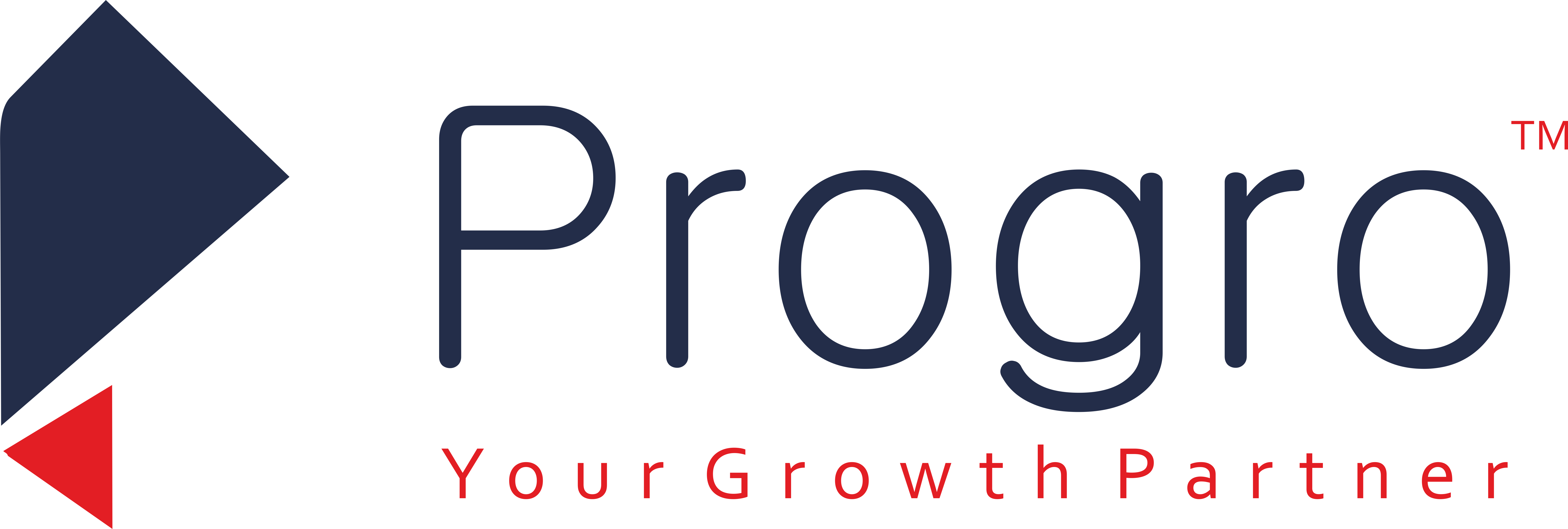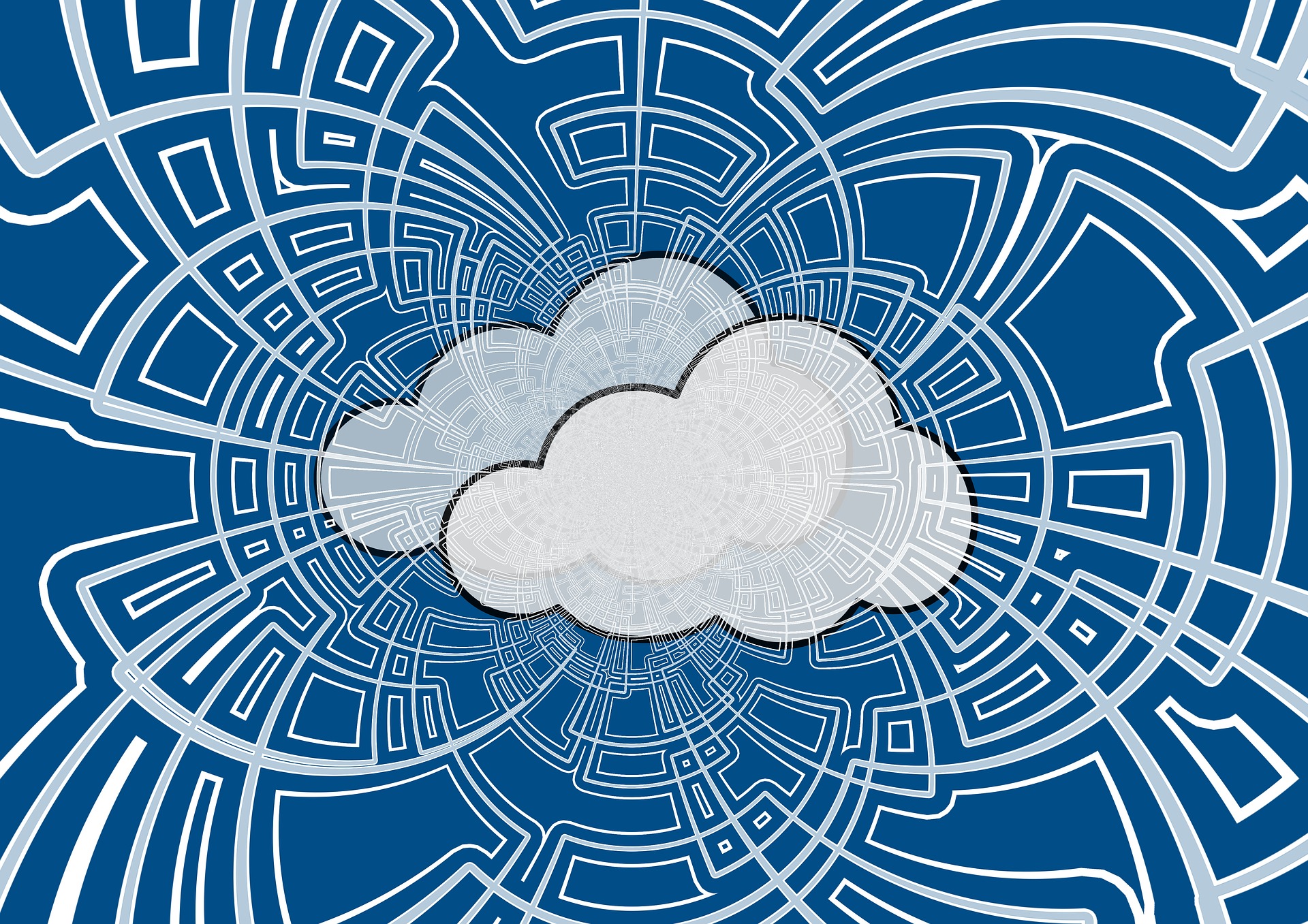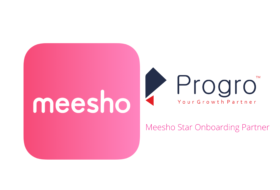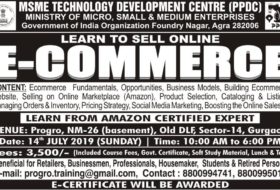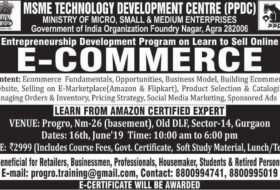SMAC ( Social media, Mobile, Analytics, Cloud Computing )
It is the concept of 4 technologies, Social Media networking, Mobile devices, Big Data Analytics, and Cloud computing, all working in synergy to create a seamless and enhanced experience for the businesses.
If you see the evolution of technology landscape, it all started with websites being hosted on servers in 1990 with only a few sites available. The first social networking site I came across was Orkut that started becoming a trend for all the college students. Its success was seen until Facebook was launched and it spread like wildfire in India. Similarly, telecommunication industry has seen the growth of smart phones that has addicted the consumers to always stay connected. The average Indian user spends more than 29 minutes on social media platforms and 77% access these on mobiles. The projected user base of social networks is 550 million people by 2020. Isn’t it interesting?
Social media has become a new way to reach your customers directly, and interact with them. Mobile devices have changed the way we communicate and brought the world on the finger tips. Analytics allows businesses to know more about their customers, how they consume the goods or services, from where, when and how much, that can be used to make better business decisions.
With so much structured and unstructured data that is being generated from the social networking sites, sensors, websites, being accessed mostly from mobile devices, if used wisely can help businesses to make a better decision and improve their operations using Big Data Analytics. So, this huge amount of data can help to know better about the users that can be used for product development, business decisions etc. These dynamics are creating new business models that are based on more logical and systematic research conducted using the consumer-generated data.
No doubt these technologies are impacting the business individually but also the amalgamation of them is creating a disruptive force that can change the way businesses are run today.
According to NASSCOM, the estimated market growth driven by SMAC is expected to be 30% (US$1 trillion) by 2020. We expect small and medium enterprises (SMEs) to play a leading role in the adoption of SMAC in India, given the huge opportunity it opens up, not only to grow revenues by increased marketing to new customers but also to bring in operational efficiency and transform the customer experience. (Source: EY)
As of the fourth quarter of 2016, the most popular social network was YouTube and Facebook with a 33 percent penetration rate each. WhatsApp was ranked third with 28 percent reach. India ranks second among countries with the most Facebook users, accounting for 11 percent of global Facebook audiences in April 2017. January 2017 data puts the active social networking penetration in India at only 14 percent of the population – one of the lowest rates worldwide. [source: statista.com]
The research shows the number of mobile phone users in India from 2013 to 2019. For 2017 the number of mobile phone users in India is expected to rise to 730.7 million. In this same year, the number of smart phone users in India is predicted to reach 340 million and could reach almost 468 million by 2021. [Source: statista]
Global IP traffic from cloud data centers in 2016 is 5636 exabytes, the Storage capacity of public cloud data centers in 2016 is 290 exabytes. [Source: statista]
All these numbers show the converging trend of these technologies as it would help business to radically innovate the new products and business models.
Let us consider how practically SMAC helped NETFLIX to bring about change in operations and its business.
NetFlix https://www.netflix.com/in/, the popular video company, was one of the few ones who adopted SMAC framework to achieve its ambition of fast growth and optimized operations. They took the decision to shift from Traditional data center environment to cloud based setup in AWS Infrastructure. Let’s see how Netflix used all the four components to use SMAC framework.
- Social Media: Users are encouraged to log in using their social media accounts that help the registration process faster thereby better user experience. Users can share their activity on their social media accounts so that they can share experience, reviews with their friends.
- Mobile: The videos both recorded and streaming is well architected for users to access on their mobile devices and laptops with uniform user experience across all devices.
- Analytics: Each night, Netflix performs an analysis to see which shows were the most popular and between 2-5 a.m., it fills its servers with the appropriate programs. A monitoring mechanism constantly watches service performance and, if it observes intolerable variances it will initiate a set of specific automated steps. If it persists, the system will raise alerts. Analytics helps to know the interests, preferences, choices of video content of the users so that Netflix can optimize their digital library basis on the customer’s demand.
- Cloud: At any moment, Netflix draws upon up to 20,000 servers running in Amazon data centers. It experiences very uneven demand (highly skewed toward evenings when its video streaming service represents 29% of all Internet traffic). Netflix didn’t want to experience service interruptions due to its inability to build data centers fast enough so they chose Amazon AWS Infrastructure. Using the potential of cloud features and ecosystem, Netflix is able to spread its processing across many different data centers for Geo redundancy, distributed across. It helps them to safeguard themselves from possible infrastructure outages.
There are so many numbers of case studies of deployment of SMAC by large corporations to reap its benefits.
We can conclude from the above data presented that SMAC would be the framework that would be an obvious choice of businesses, way forward. It not only lowers down the costs but brings a lot of operational efficiencies and enables to reach a huge number of users. Not only that it also lowers the entry barrier for new entrepreneurs to innovate and create new businesses.
If you would like to share your case study of SMAC deployment, please do email us at blog@www.progroalliance.org


